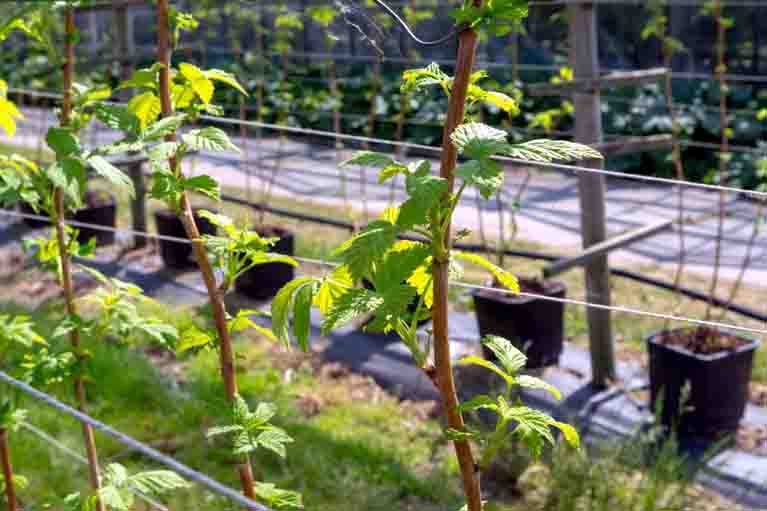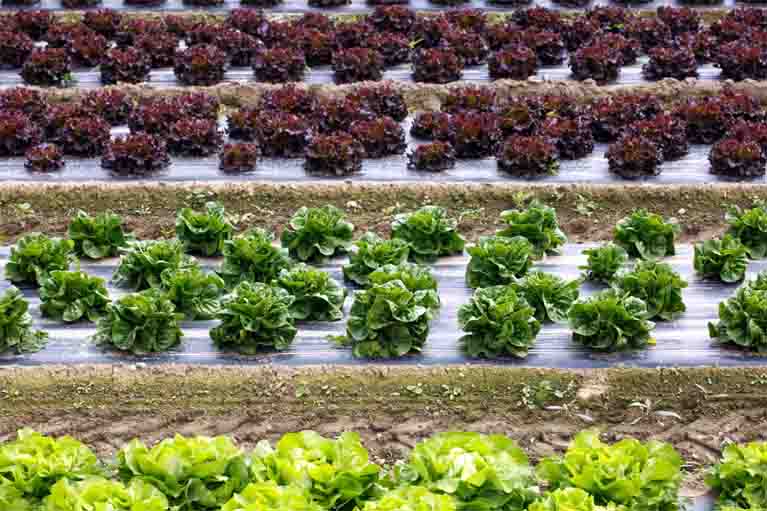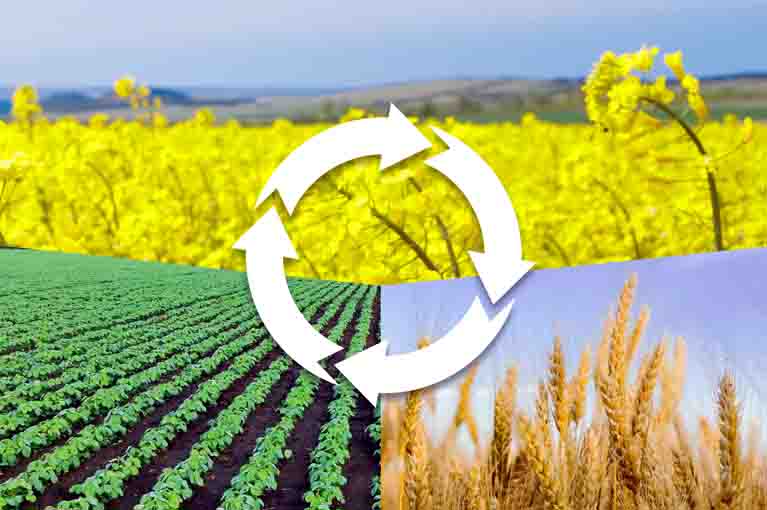How Soil Fertility Impacts Kratom Growth In The USA

Soil fertility plays an essential role in the growth and development of kratom in the USA. The quality of the soil for kratom plants are grown in can have a major impact on the size, vigor, and yield of the crop.
By understanding how different soil factors influence kratom growth and development, growers can make sure that their plants get the nutrients they need to thrive. In this blog post, we’ll discuss the importance of soil fertility for kratom growth in the USA and how to optimize soil conditions to maximize kratom yields.
Favourable Zone For Plant Growth In US
Kratom, a tree in the coffee family, grows best in tropical regions with consistent warm temperatures and high humidity. It is native to countries like Thailand, Malaysia, and Indonesia, where it thrives in fertile soil near rivers and in valleys. However, it is now also grown in the United States, where it requires careful attention to growing conditions.
In the USA, the states of Florida, California, and Hawaii have the climate suitable for growing kratom. However, it is important to note that the quality of leaves produced in the USA is not comparable to that produced in Southeast Asia due to differences in soil composition and growing conditions.
Therefore, it is important to understand the ideal growing conditions to achieve the best quality product. It is important to choose the right soil and supplement it with necessary nutrients to ensure optimal growth and development of the plant.
Understand why red vein bali kratom is so special?
The Importance Of Fertility
Kratom requires a fertile and well-drained soil. A fertile soil contains all the necessary nutrients such as nitrogen, phosphorus, and potassium that are essential for the growth of kratom plants. The lack of soil fertility can have a negative impact on the growth of plants. It can result in stunted growth, poor health, and a low yield of leaves. Inadequate levels of nutrients in the soil can also lead to an increased risk of pests and diseases.
Furthermore, soil fertility affects the alkaloid content of leaves. Alkaloids are the active compounds that have various effects on the human body. A fertile soil with optimal levels of nutrients can increase the alkaloid content in leaves, resulting in higher potency.
Best Potting Soil For Kratom
If you are growing kratom outdoor in pots, it is important to choose a potting soil that is designed for tropical plants. A good potting soil should contain perlite or vermiculite, which helps to improve drainage and aeration. It should also be rich in nutrients and have a pH of 5.5 to 6.5. Look for a mix that contains ingredients such as peat moss, perlite, vermiculite, and coconut coir. These ingredients will provide your plant with the necessary nutrients and promote good drainage.
Avoid using soil that is compacted or has poor drainage. If the soil is not suitable, you can amend it by adding organic matter, such as compost or peat moss. These materials can improve soil structure and provide nutrients for the plants.
In addition to the potting soil, it’s important to also consider the pot you’ll be using. Kratom plants can quickly outgrow their pots, so it’s best to choose a pot that is slightly larger than the current root system to allow room for growth. A pot with good drainage holes is also important to prevent overwatering and root rot.
Ideal PH For Kratom Soil
Another important factor to consider is the pH of the soil. Soil PH for kratom plants is acidic with a pH range between 5.5 to 6.5. Therefore, it’s important to check the pH of your soil and make any necessary adjustments before potting your plant. Adding dolomite lime or sulfur to the soil can help to adjust the pH level.
Different Mixes For Ideal Growth
When it comes to growing a kratom tree, the type of mix you use can greatly impact the tree’s growth and development. Popular soil mixes for kratom tree includes a combination of peat moss, perlite, vermiculite, and coconut coir. This mix allows for adequate drainage, while also retaining enough moisture for the tree’s roots to thrive. It’s important to note that peat moss and coconut coir can be quite acidic, so it’s crucial to test the pH of your loam and adjust as necessary. Shop White Maeng da kratom for lasting effects
Another option for mix includes a combination of organic compost, sand, and garden soil. This mix provides ample nutrients and drainage for the tree, while also allowing for good aeration and root growth. It’s important to avoid using heavy or compacted soil, as this can prevent proper drainage and root growth. Additionally, loam that is too alkaline or too acidic can negatively impact the growth of your kratom tree.
Lowes Soil For Kratom
While Lowe’s may sell potting soils that can be suitable for kratom growth, it is important to carefully research and select a mix that meets the specific nutrient needs of kratom. It is recommended to choose a mix that is well-draining and contains a balanced ratio of nutrients, such as nitrogen, phosphorus, and potassium. Additionally, adding organic matter, such as compost or worm castings, can improve fertility and promote healthy kratom growth.
White vs green kratom, which is best one?
How To Improve Fertility?
If you want your kratom trees to thrive and grow to their full potential, you need to ensure best soil for kratom that is fertile and nutrient-rich. Here are some tips for improving the fertility:
Use Organic Fertilizers
Organic fertilizers like compost, worm castings, and fish emulsion are rich in essential nutrients that can improve fertility.
Mulch Your Kratom Trees
Mulching is a great way to improve fertility as it helps to retain moisture in the soil and provides a steady source of nutrients as the mulch breaks down.
Ph Balance
Use a pH meter to test the soil and add soil amendments like lime or sulfur to adjust the pH accordingly.
Test Soil For Nutrients
Test the soil to find out which nutrients are lacking and use loam amendments like bone meal, blood meal, and rock phosphate to add missing nutrients.
Rotate Crops
If you’re growing kratom in the same spot year after year, the loam may become depleted of certain nutrients. Rotating your crops can help to replenish the it and prevent nutrient depletion.
By following these tips, you can ensure that your kratom trees have access to all the nutrients they need to grow healthy and strong. Improving fertility can be a time-consuming process, but the rewards are well worth the effort. With the right care, your kratom trees can thrive for years to come.
Final Verdict
After analyzing the impact of fertility on kratom growth and development, it is evident that soil for kratom plays a critical role in the health and wellbeing of this plant. While there is no one-size-fits-all approach to determining the perfect soil type for kratom, it’s important to choose a loam that is rich in nutrients.
It is crucial to understand that the location and climate in which kratom is grown can also affect fertility and, ultimately, plant health. Therefore, it is needed to consider factors such as humidity, temperature, and sunlight exposure when choosing a growing spot for your kratom tree.



